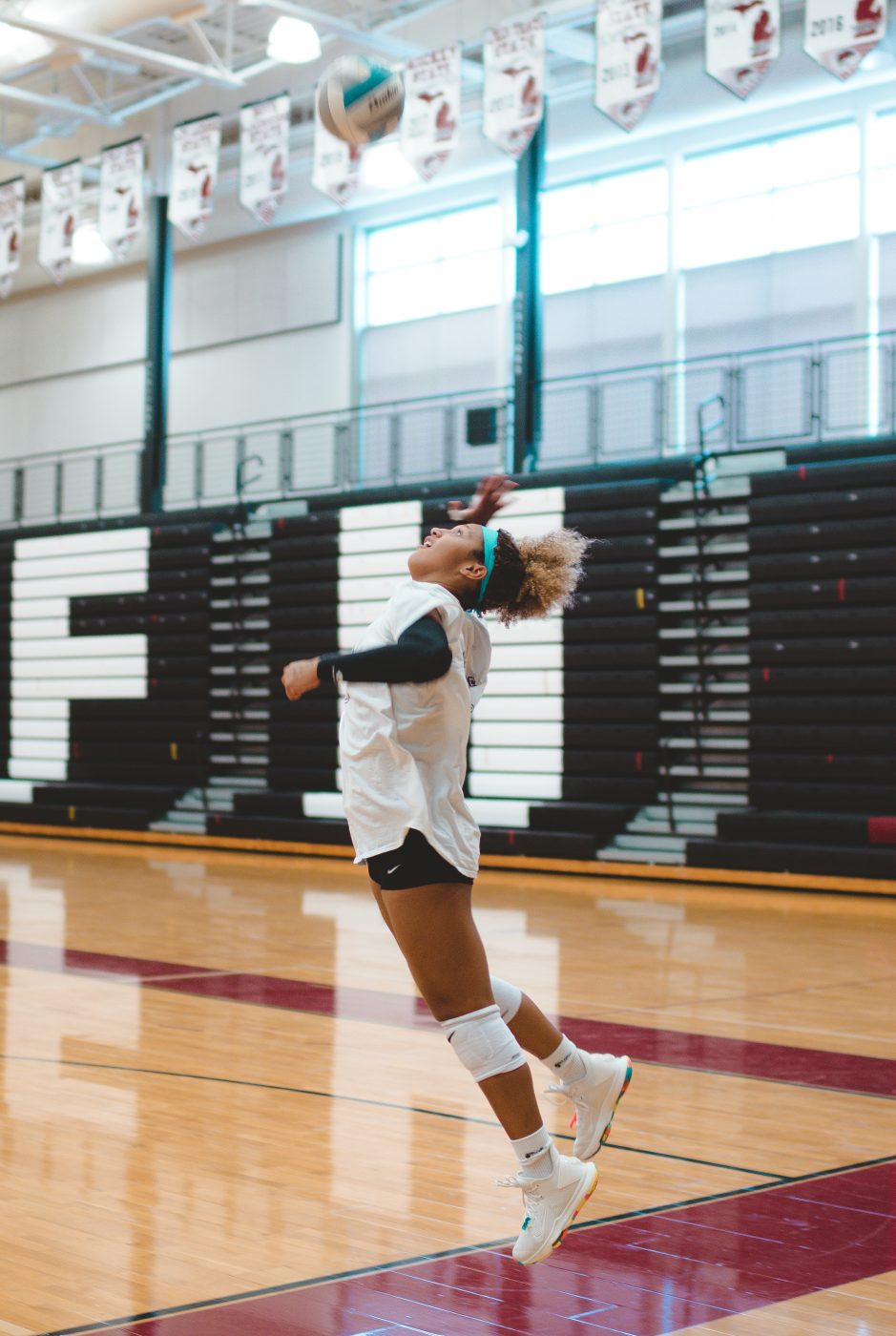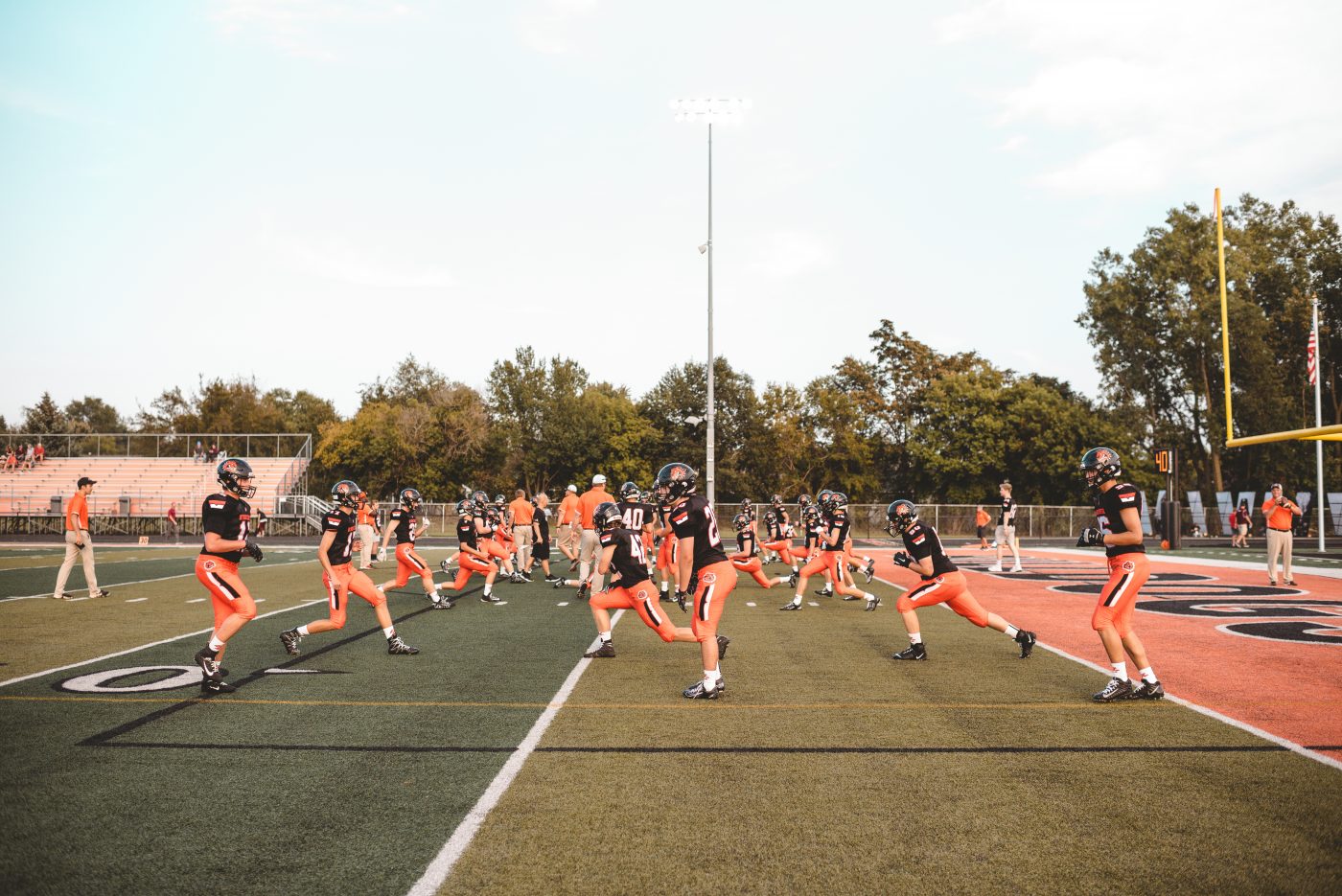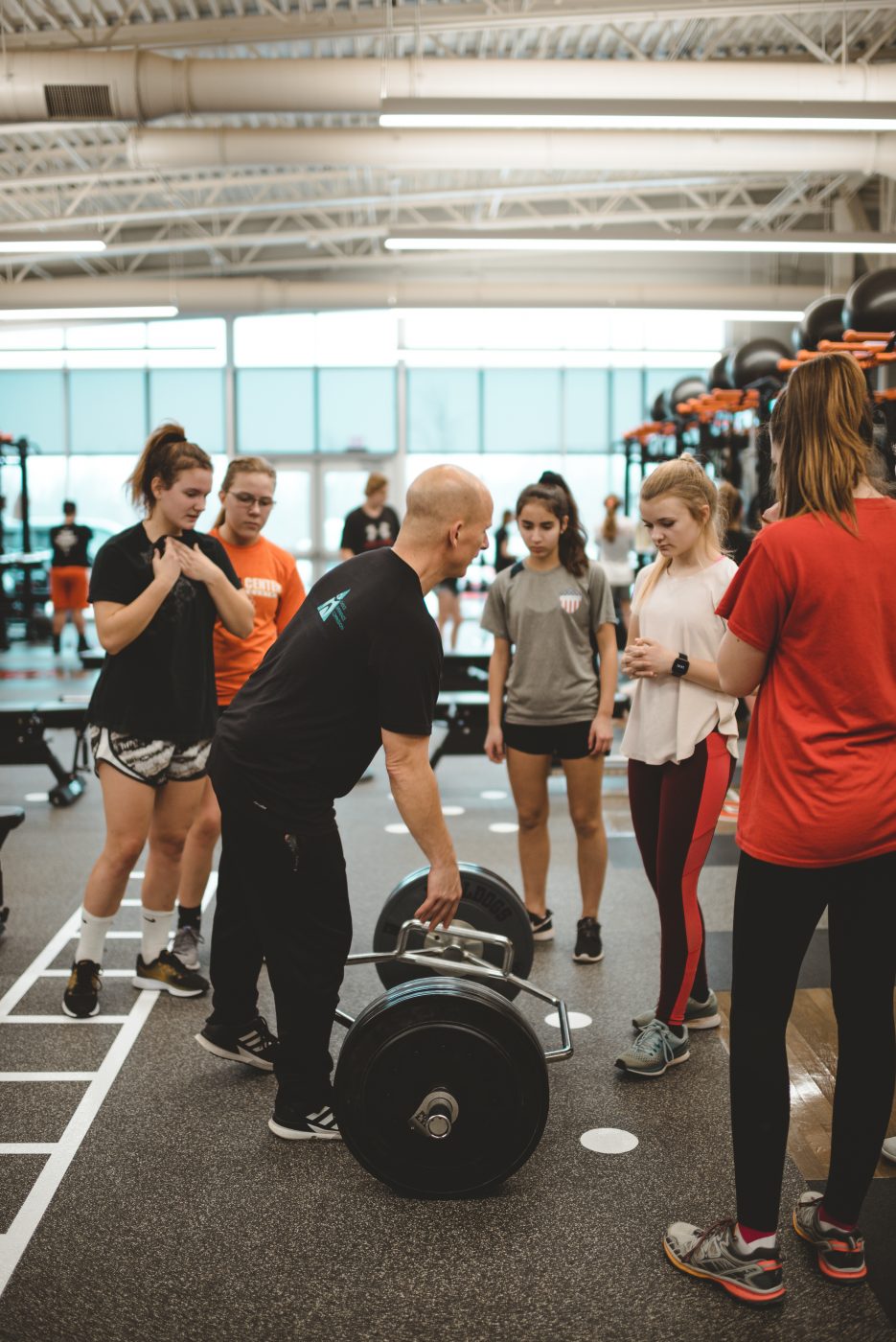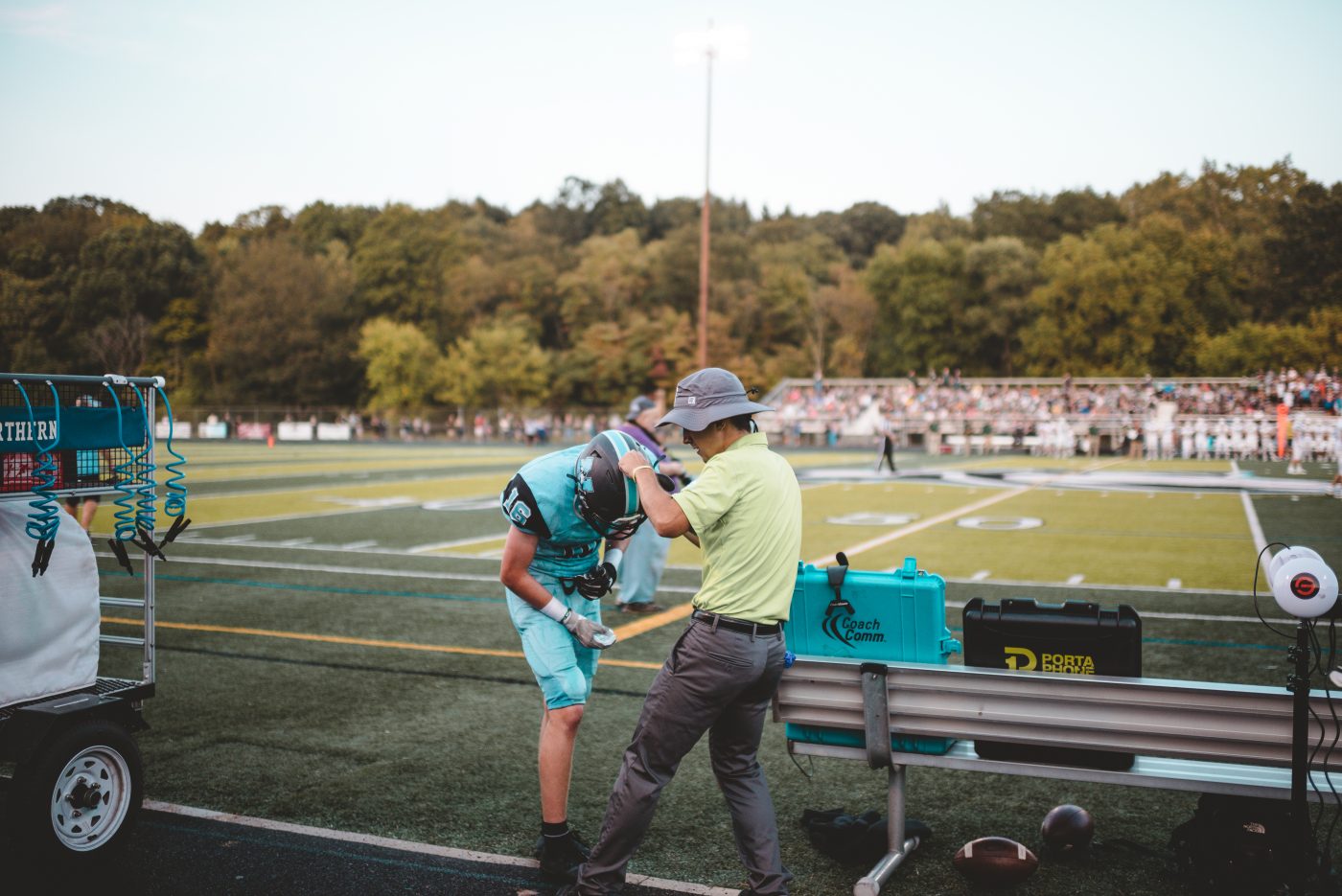
What if I told you that no helmet can effectively prevent concussions? What then is the answer to protecting our athletes? Let’s take a deeper look at what a concussion is, the causes of concussions, and best strategies for prevention.
Everyone has heard the term concussion, but not many truly understand its meaning. A concussion is also known as a “mild traumatic brain injury,” or MTBI. So what happens to the brain during a concussion?

Usually there is some combination of rotational and translational forces placed on the head. This can occur from a direct blow, fall, or simply a change in direction of the rest of an athlete’s body. This can happen in athletics, everyday life, or a traumatic event like a car accident. The injury is often caused by the brain’s contact with the interior of the skull causing injury to the brain. Because the injury impedes the brain’s ability to process external stimuli, concussions are thought of as more of a metabolic or functional impairment, as opposed to a structural injury (like a broken bone), which is also why no concussion can be diagnosed with imaging. And, unfortunately, no piece of equipment can completely prevent a concussion.
Why don’t helmets prevent concussions?
Since concussions are caused by the brain’s movement within the skull due to outside forces, how could a protective shell placed on the outside of someone’s head prevent that type of injury? Now, there is something to be said for a helmet’s role in dispersing forces from a direct blow, but helmets are actually better-suited to prevent blunt force injuries to the skull and face (like skull fractures). So they do provide some protection, but can’t completely prevent a concussion.

Let’s compare rugby and football – they are very similar in the amount of contact and both can be pretty brutal on the body. Studies have shown that rugby is the sport most likely that players will sustain an injury, but the severity of these injuries will be less than that of football athletes, where injury prevalence is still third-highest. Surprisingly there is not a significant difference in the number of concussions sustained by athletes in these sports. Why is that? Football has helmets and pads, while rugby does not. So the difference-maker isn’t the helmet. In fact, arguments have been made that football athletes are more likely to feel invincible and use their bodies as weapons when tackling or hitting opponents when they are covered in pads. This is dangerous for both the person doing the hitting and the person being hit and can lead to increased concussions.
What about mouthguards and protective headgear?
Mouthguards are also a very important piece of protective equipment, but have not been proven to reduce concussions. The warranty information for some of the best mouthguards on the market will provide liability insurance for dental injuries, but make no mention of concussions. Although there have been claims made in the last decade by some companies that their mouthguards could prevent concussions, false marketing about these and other “anti-concussion products” can be dangerous for athletes. For example, no scientific evidence exists that supports the use of soccer “concussion headbands” either. The concern with using mouthguards and concussion headbands in an attempt to prevent concussions is that it gives athletes a false sense of security and leads them to take greater risks. This concern is very real and worth examining with continued research.
So what can prevent concussions?
The simple answer is that we don’t have a surefire way to prevent them in sports…yet. There is a lot of research still to be done on the subject, and many testable theories exist. The most obvious prevention tactic involves decreasing falls and blows to the head – which is why rule changes put such harsh penalties on contact/blows above the neck. Falling, however, is a part of sports, and no amount of training or rule changes can prevent a fall in certain circumstances.

There have been efforts made to study the effects of reaction time and neck muscular strength; in a 2018 study, faster reaction time proved effective in preventing concussions. The premise, of course, is that if someone can see a hit coming, they have time to prepare and brace their body for that contact, and that means it’s less likely they’ll have those rotational forces on their brain that cause concussions. In a 2019 study, it was also shown that for every one pound increase in neck strength, the odds of concussion was reduced by 5% in high school athletes.
The other really important part of concussion prevention and management is education for coaches, athletes, and parents. Early recognition of a concussed athlete is very important, so they can be removed from play and get the appropriate evaluation and treatment.
Concussions are treated with such seriousness because of the risk of Second Impact Syndrome. This is a rare but potentially life-threatening condition that occurs when a second brain injury is sustained before the first injury has healed. This often occurs from a seemingly innocuous hit to the head. Second Impact Syndrome can then progress from increased intracranial pressure, to brain stem failure and death, within 3-5 minutes. Although Second Impact Syndrome is rare, multiple concussions in a short time period are still cause for concern as they often take longer to heal and may involve long-term ramifications.

With the research that has been done and the strides that have been taken to reduce the number of concussions in youth athletes, there is still much to be done in terms of education and prevention. No amount of equipment can protect an athlete from all the injuries that may occur during sports. That’s why I have a job as an athletic trainer. And an athlete assumes that risk when choosing to compete.
My best recommendation is to have conversations with your teams about what a concussion is and why it’s serious. No athlete wants to miss out on playing time, and the fact that it’s an “invisible injury” only contributes to the stigma that an athlete is faking or exaggerating the severity of their injury. Team culture is incredibly important as well since teammates’ and coaches’ attitudes can impact how an athlete feels about their own injury. It’s important that athletes know their own limitations, and don’t put themselves in dangerous situations. Hopefully we will know more 30 years from now, and we will continue to adapt and make improvements. Support athletes in this and in every injury, and hopefully we can all get better together.
Resources:
1. Comparison of Injuries in American Collegiate Football and Club Rugby: A Prospective Cohort Study).
2. Study: ‘Protective’ headgear does not prevent sport-related concussions in soccer players
5. Neck strength: a protective factor reducing risk for concussion in high school sports


